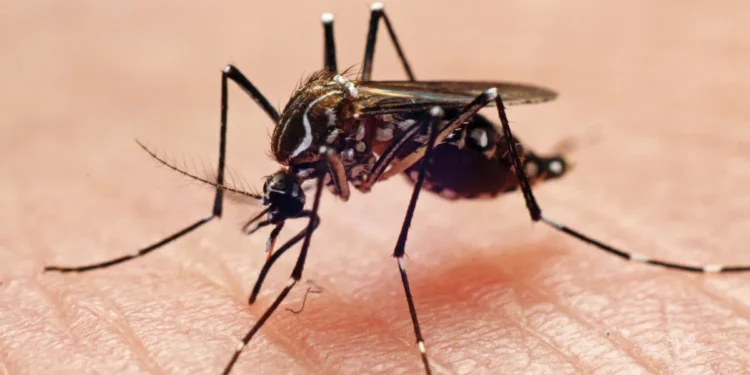Health officials are intensifying public warnings as West Nile virus infections climb significantly above typical seasonal patterns, with more than 770 cases reported through early September.
The Centers for Disease Control and Prevention data shows approximately 490 severe cases among the total infections, representing a 40 percent increase over normal reporting levels. Typically, health agencies record about 550 cases by this point in the season, with 350 classified as severe.
The timing concerns public health experts, as most West Nile cases traditionally emerge during August and September when mosquito activity peaks. Dr. Robbie Goldstein, Massachusetts’ public health commissioner, emphasized the ongoing threat in a recent statement.
“West Nile virus can be a very serious disease and its presence in mosquitoes remains high right now,” Goldstein warned, urging residents to take protective measures.
Health authorities recommend wearing long-sleeved clothing and using EPA-registered insect repellents during outdoor activities. These precautions become particularly important as mosquito-borne transmission continues through early fall.
The virus first appeared in the United States in 1999 in New York before spreading nationwide. Cases peaked in 2003 with nearly 10,000 reported infections. Scientists estimate tens of thousands of people contract the virus annually without realizing it, experiencing either no symptoms or mild effects including headaches, body aches, and digestive issues.
Severe cases can cause central nervous system damage, leading to brain or spinal cord inflammation and potentially death. Over the past decade, officials have averaged 2,000 annual cases, including 1,200 life-threatening neurological infections and approximately 120 deaths.
CDC officials indicate this year’s mortality rates may exceed typical levels but declined to provide specific figures, citing preliminary data limitations.
The increase stems not from larger mosquito populations but from higher infection rates among existing mosquito communities. Factors influencing transmission include temperature, rainfall, pest control effectiveness, and local bird infection levels.
Colorado leads national case counts with approximately 150 infections, more than double other states’ totals. Fort Collins has emerged as a particular hotspot, where monitoring revealed 35 infected mosquitoes per 1,000 females tested—far exceeding the expected rate of 8 per 1,000.
CDC entomologist Roxanne Connelly, who resides in the affected area, attributes the surge partly to unusually wet and warm weather conditions throughout the year.
The elevated infection rates underscore the importance of continued vigilance as mosquito season extends into autumn months.







